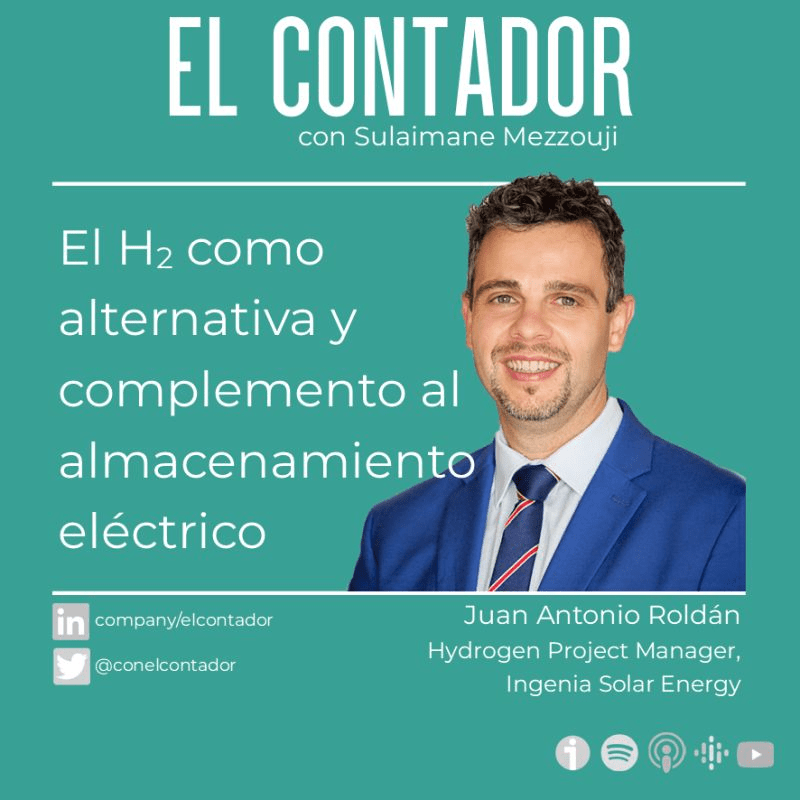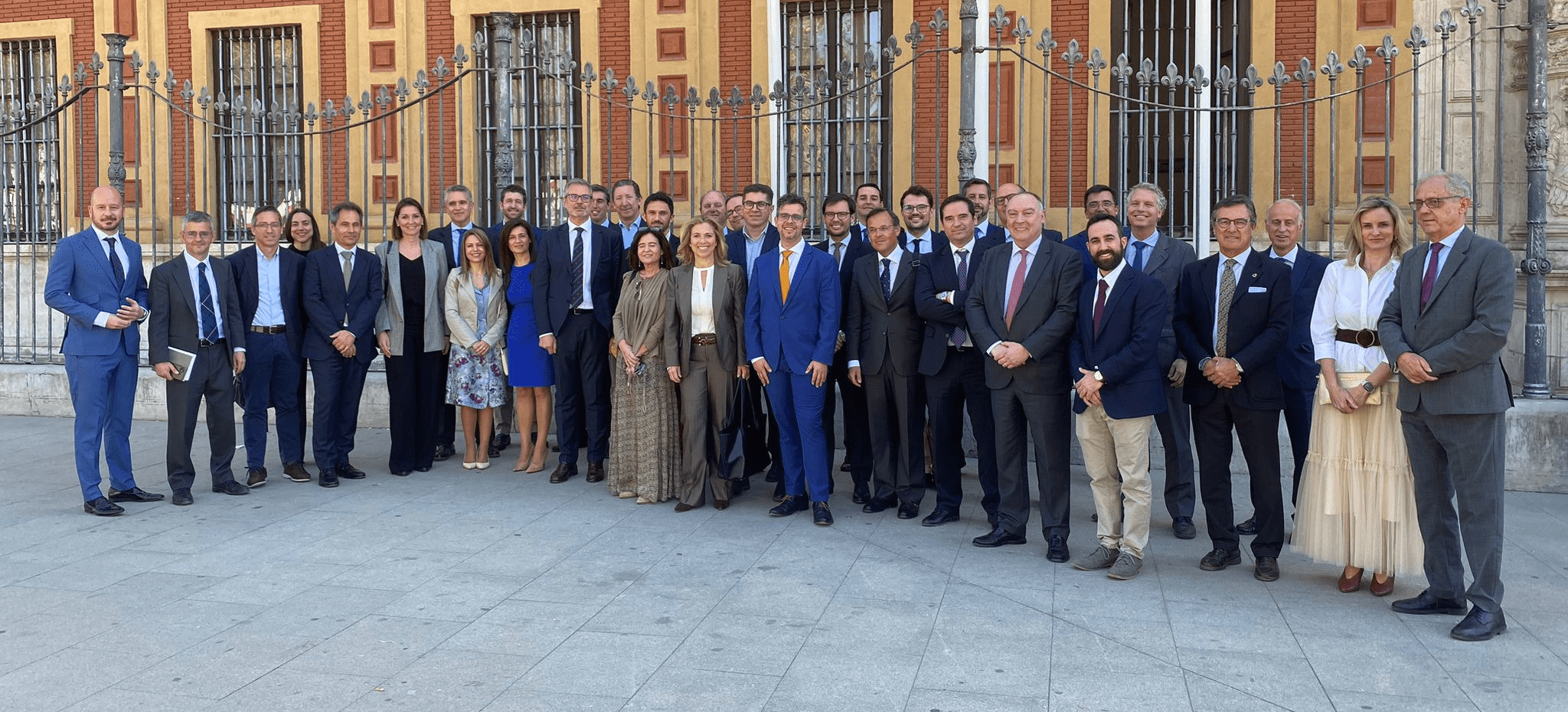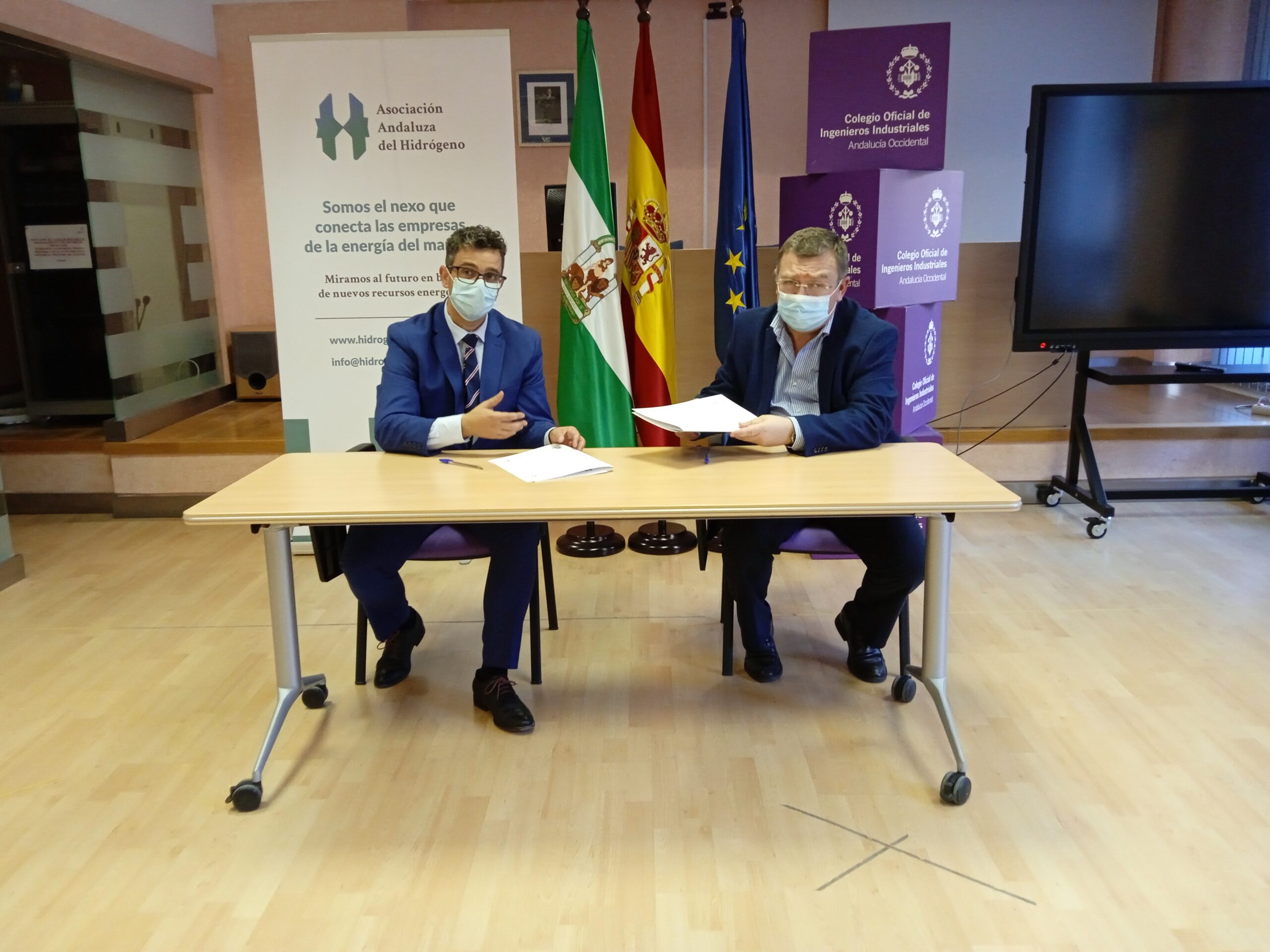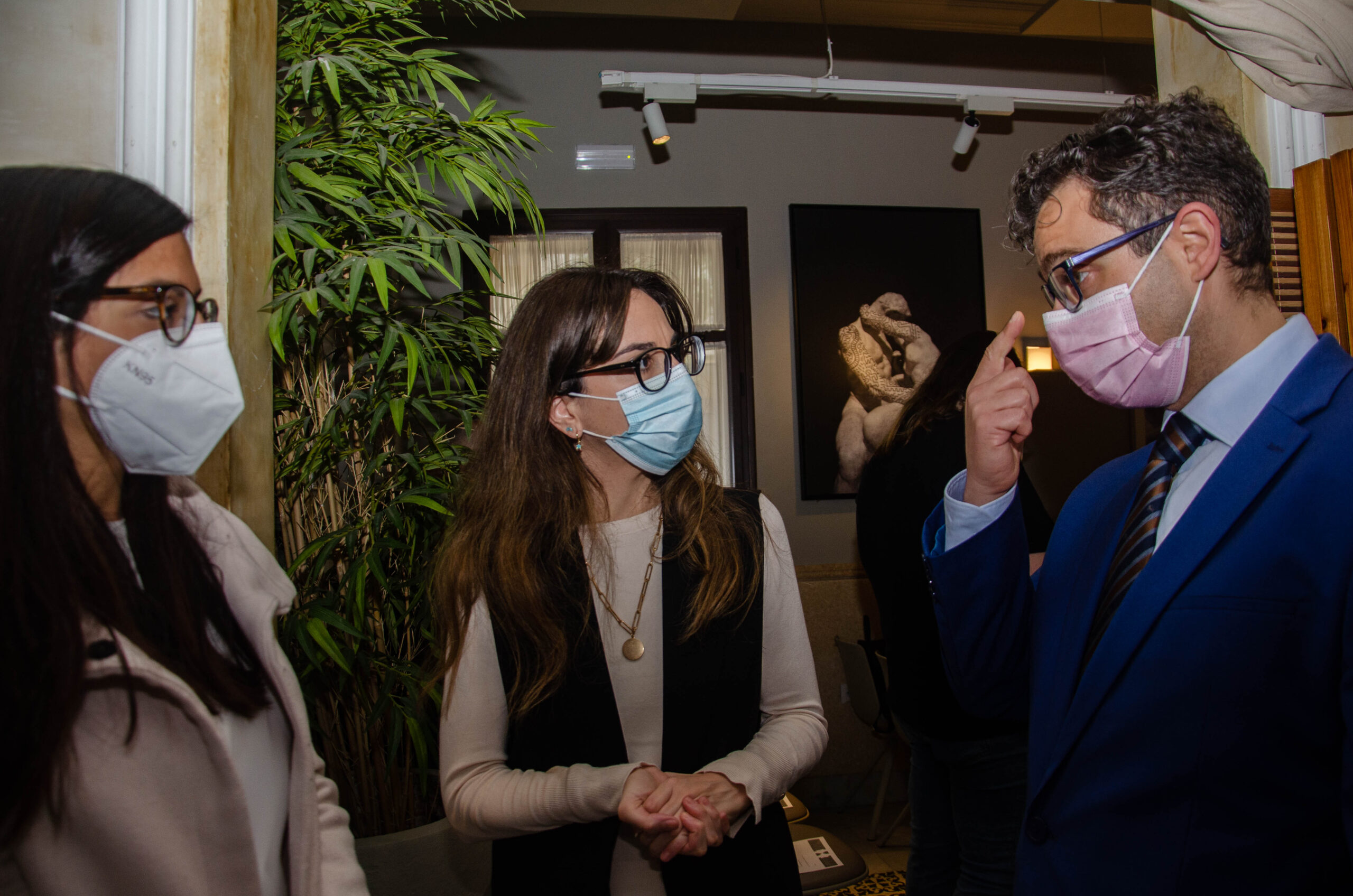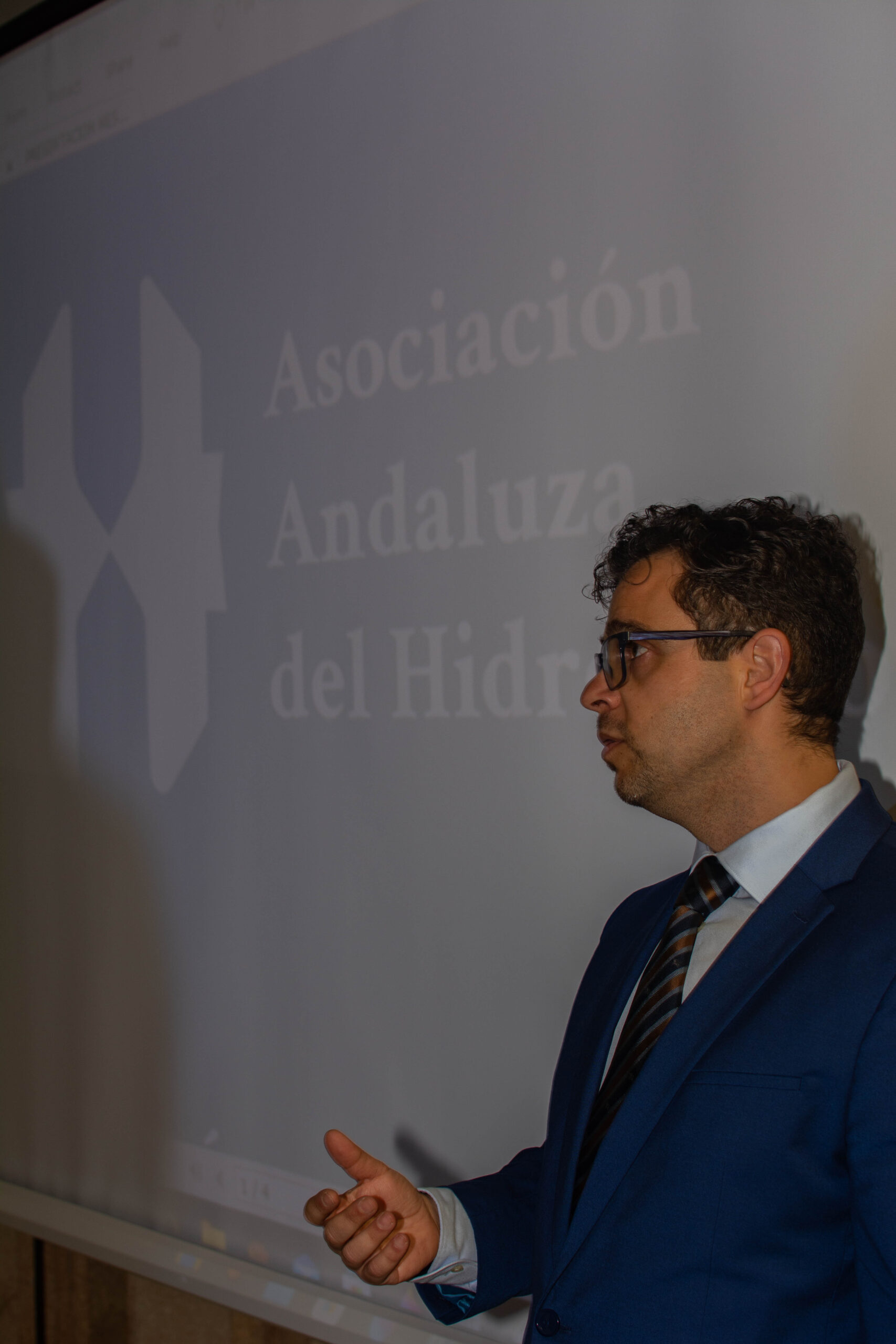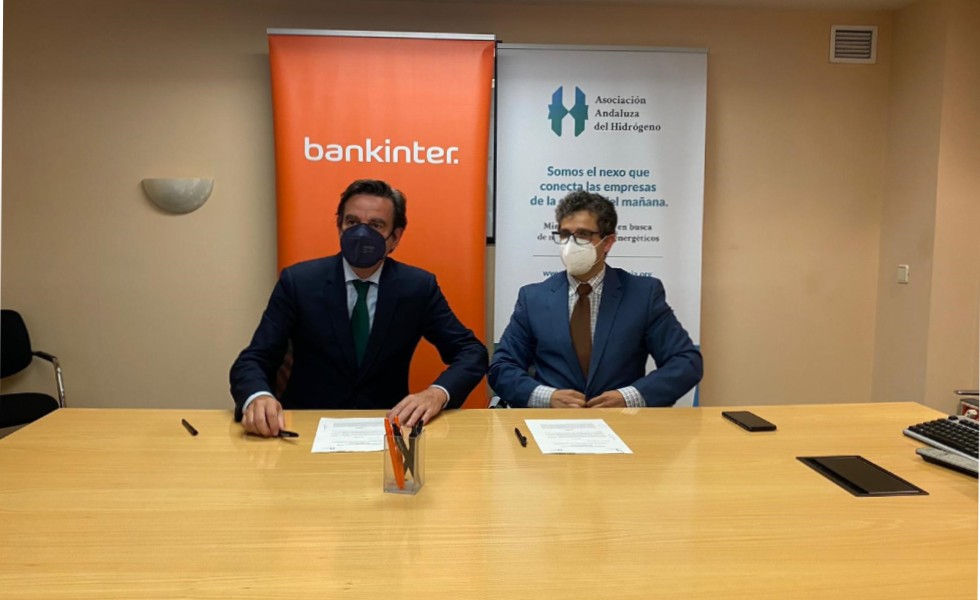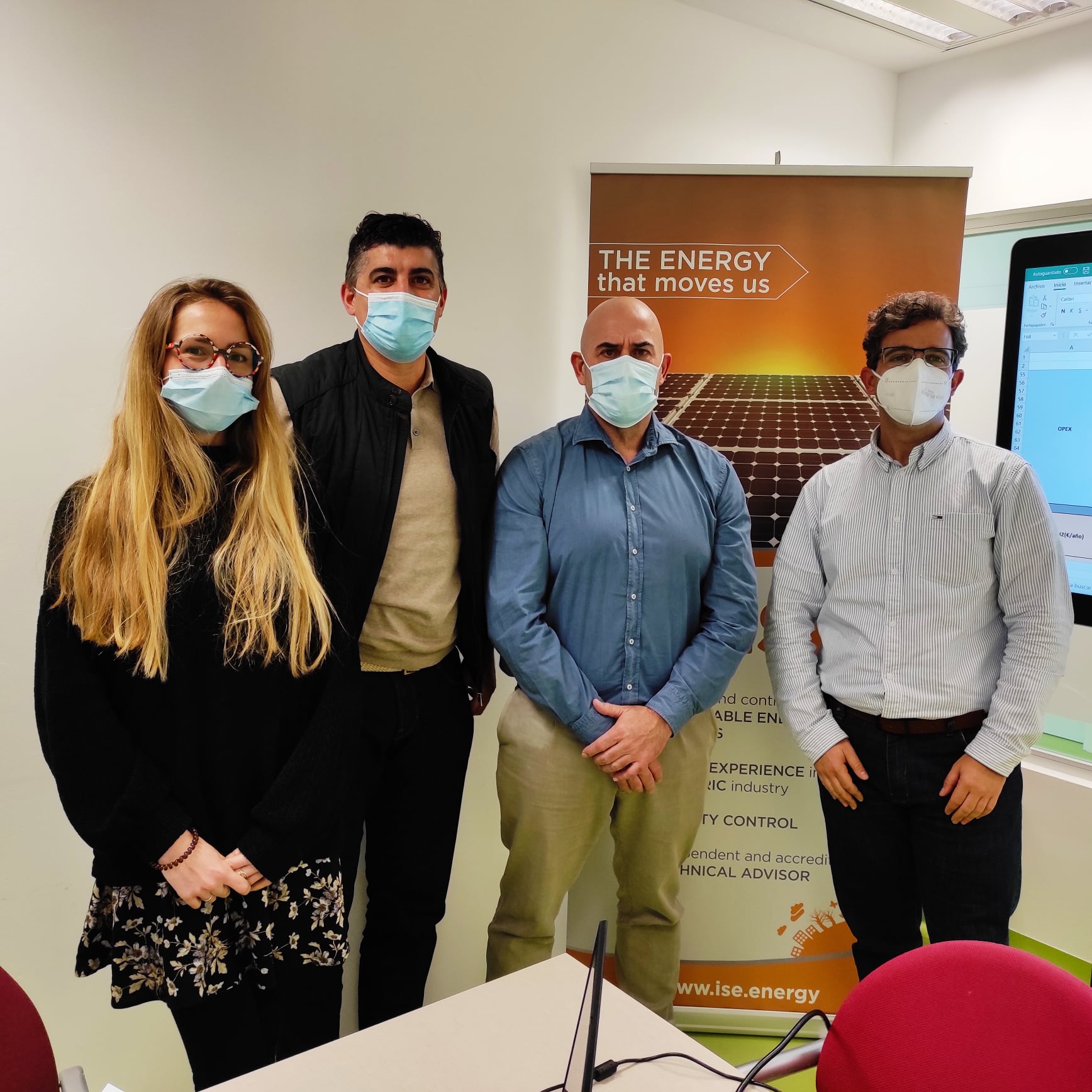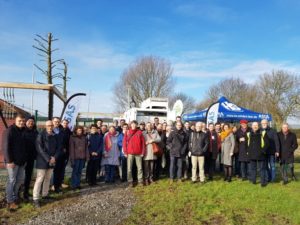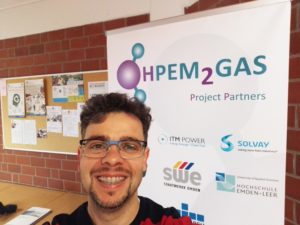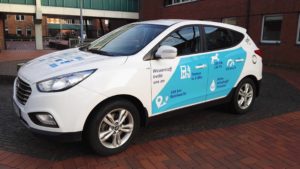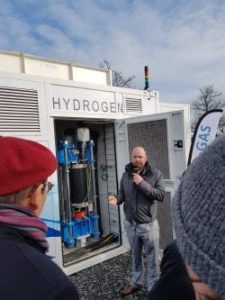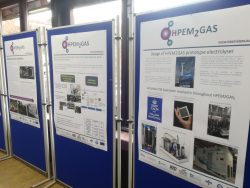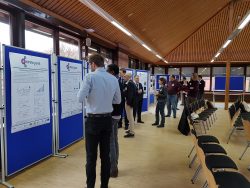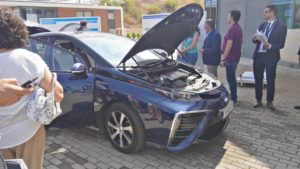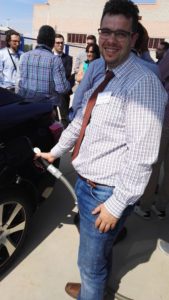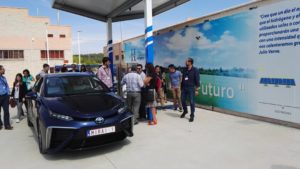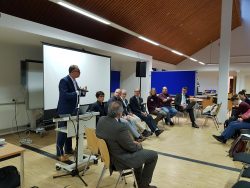Features from the Hydrogen Farm
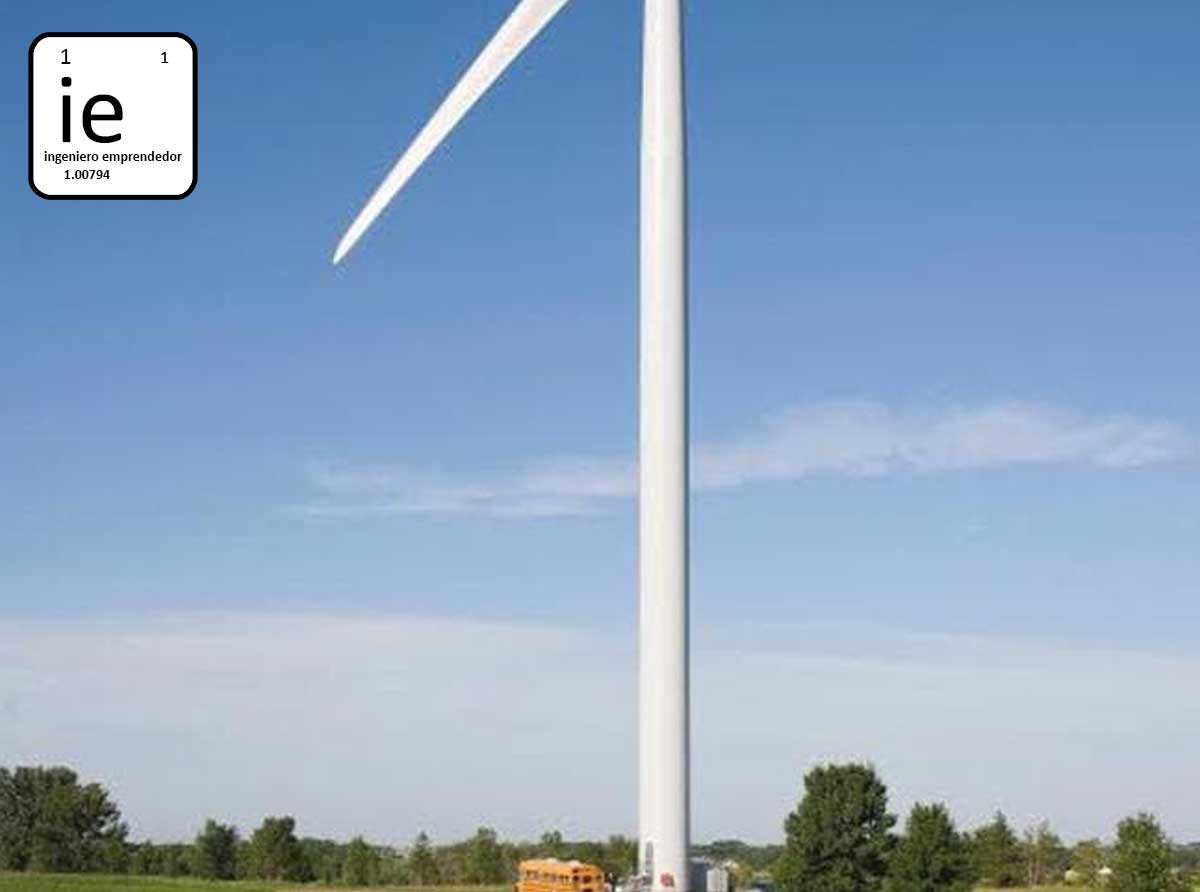
Features from the Hydrogen Farm:
Production agriculture uses tremendous amounts of fossil energy in the production of food, feed, and fuel. The crops, livestock, and renewable energy programs at the WCROC are engaged in an initiative to “green” energy consumed in crop and livestock operations. Several projects are underway to audit energy use, develop new systems, and field-test new energy systems. One area that has not been addressed to-date has been the use of diesel fuel in tractors. Recently, $250,000 was awarded by the Legislative-Citizens Commission on Minnesota Resources (LCCMR) through the Environment and Natural Resources Trust Fund for a proposal titled “Clean Vehicles Fueled by Hydrogen from Renewable Ammonia”. A team of University researchers including staff from the Department of Mechanical Engineering at the Minneapolis Campus and the WCROC will lead the project. The overall objective of the project is to displace up to 50 percent of the diesel fuel used in tractors with anhydrous ammonia produced from renewable resources. Ultimately, we hope to demonstrate and test an ammonia-fueled tractor at the WCROC.
The use of anhydrous ammonia as a transportation fuel traces back to the early 20th century and, over the last decade, has experienced a resurgence in interest due to its availability and potential production using renewable resources. This project builds on past investments in renewable ammonia production and increased utilization of wind energy at the WCROC. Expanding carbon-free ammonia production opens the possibility for its use as a clean replacement fuel for diesel engines used in agricultural equipment as its combustion results in no carbon dioxide emissions. Renewable ammonia also has long-term potential to enable efficient hydrogen (H2) production for fuel cell-powered vehicles. This project will develop a novel technical solution to converting ammonia to hydrogen through catalytic decomposition for use in dual-fuel diesel engine applications.
Our proposed concept uses a catalytic reactor, thermally integrated into the exhaust manifold of a diesel engine to decompose ammonia into H2, thus converting it into a useable fuel for dual-fuel diesel engine operation. The goals of the project are to:
• Replace up to 50 percent of total fuel energy with renewable ammonia in a laboratory diesel engine using a thermally integrated catalytic ammonia decomposition system.
• Reduce soot emissions from the laboratory US EPA Tier 2 certified diesel engine using the dual fuel system to 0.15 g/kW-hr over an eight-mode off-highway test cycle. This emissions level marks a 50% reduction in emissions from the original certified value.
• Demonstrate ammonia decomposition system in a diesel tractor by installing it and using it on-farm over a six-month period.
All design and development work of the diesel engine system will be performed at the University of Minnesota (UMN) TE Murphy Engine Research Laboratory where specialized dynamometer facilities and emissions measurement instruments will be used to develop and characterize the dual fuel system. A field-ready prototype of the system will be demonstrated at the WCROC in the third year of the project.
